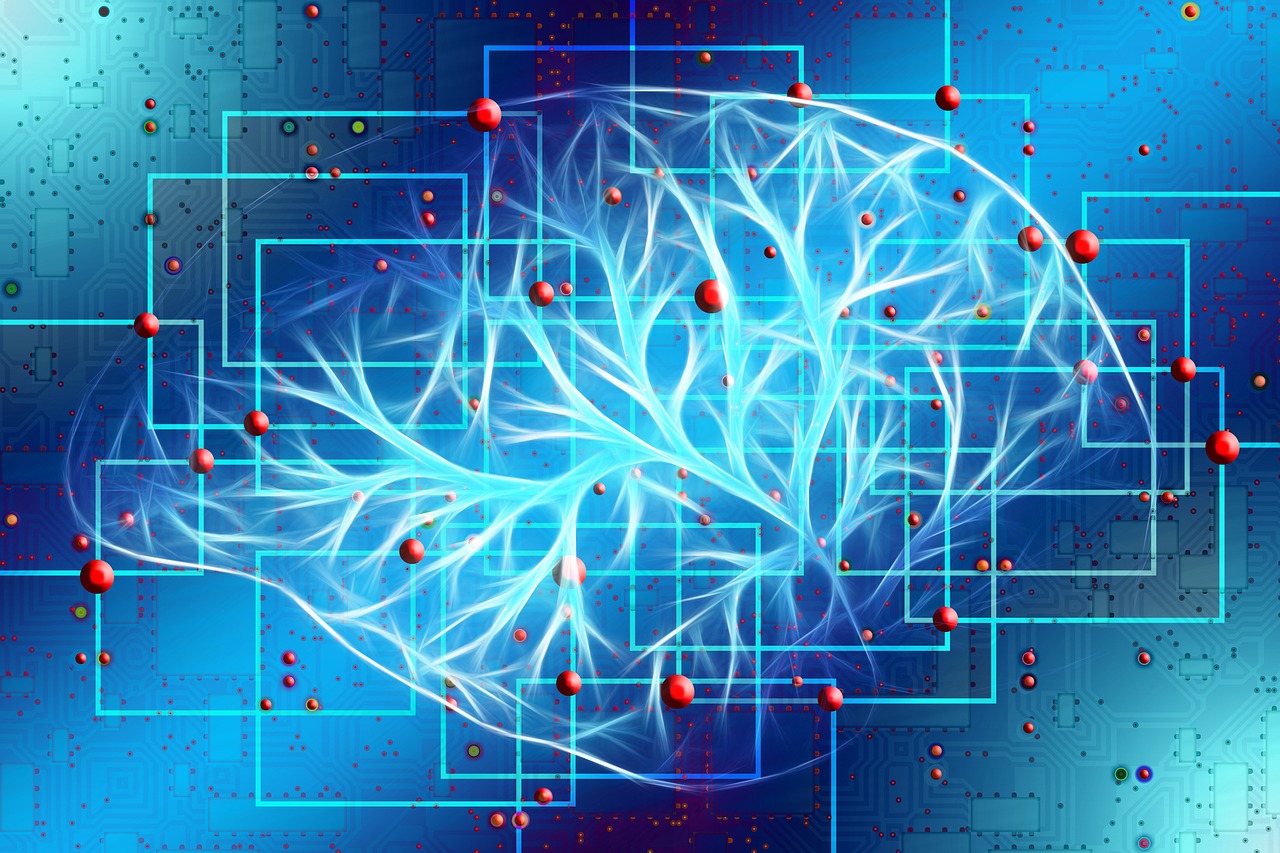Book Appointment Now

AI and Nurse–Patient Interaction: Enhancing or Reducing the Human Touch in Nursing Care?
The integration of artificial intelligence (AI) into healthcare systems has reshaped the landscape of medical practice, bringing about significant changes in both clinical efficiency and patient outcomes. Among the many areas impacted, AI and Nurse–Patient Interaction has emerged as a critical focal point, raising questions about whether technology can coexist with or compromise the empathetic care that nurses provide. As AI increasingly handles tasks such as patient monitoring, data analysis, and administrative duties, concerns grow regarding the potential erosion of the human touch in nursing. This essay explores the dual nature of AI in nursing—its capacity to enhance care delivery and its possible risks to emotional connection—asking whether AI reduces or enriches the essential human elements of nursing practice.
Count on our nursing experts to deliver 100% custom paper on AI and nurse–patient interaction
Write my nursing essay
The Emergence of AI in Nursing Practice
AI is revolutionizing healthcare through tools like predictive analytics, machine learning algorithms, and robotics. In nursing, applications range from administrative task automation and clinical documentation to AI-powered virtual assistants and robotic caregivers (Topol, 2019). These technologies streamline workflow, reduce nurse burnout, and improve patient outcomes by allowing nurses to focus more on critical thinking and patient engagement (Marini & Hasman, 2020).
For example, AI-driven monitoring systems can track patient vitals continuously and alert nurses to anomalies, facilitating timely interventions. Robotic tools like the Moxi robot assist with logistical tasks, such as delivering supplies or lab specimens, freeing nurses for more patient-centered tasks (Ackerman et al., 2021). These innovations, when effectively implemented, can enhance the nurse’s role by relieving them of routine burdens.
Enhancing the Human Touch through AI
Contrary to popular belief, AI has the potential to enhance, rather than diminish, the human element in nursing. When nurses are freed from repetitive documentation and administrative duties, they have more time for meaningful interactions with patients. In this way, AI can act as a facilitator of empathy by giving nurses more time and energy for emotional presence and personalized care.
Moreover, AI-powered tools can improve communication by providing nurses with real-time patient data and insights, leading to more informed and compassionate interactions. For instance, AI can analyze a patient’s speech patterns and facial expressions to detect emotional distress, enabling the nurse to intervene with emotional support (Ghassemi et al., 2020). This augmentation of human intuition with data-driven insights can strengthen nurse–patient relationships.
In telehealth settings, AI chatbots can handle routine inquiries and triage, enabling nurses to engage more deeply with patients who require complex care. By managing the digital frontlines, AI extends the reach of the human touch, ensuring that no patient is left unattended due to capacity constraints.
The Risk of Depersonalization
Despite these advantages, there is a valid concern that over-reliance on AI could depersonalize care. Patients may feel alienated if machines replace nurses in key interactions, particularly in emotionally sensitive scenarios like palliative care or mental health support. The tactile, verbal, and non-verbal cues that build rapport and trust between nurses and patients are difficult to replicate with AI systems.
Further, the reduction of face-to-face interaction may exacerbate feelings of isolation in vulnerable patients. A 2022 study by Lee et al. found that patients who received care in highly automated environments reported lower satisfaction with their care experience compared to those who had more human interaction. The study concluded that while AI improved efficiency, it did not substitute for the emotional assurance offered by human caregivers.
Another issue is the ethical dimension of AI in nursing. Delegating certain decisions or observations to machines may dilute the moral responsibility of caregivers. Nurses are trained not just in procedures but in ethical reflection and emotional intelligence. When machines are inserted into this space, there is a risk that clinical decisions become more transactional and less humane (Floridi et al., 2018).
Balancing Efficiency with Empathy
The key to resolving the tension between technology and humanism lies in thoughtful integration. AI should not be seen as a replacement for nurses but as a tool to enhance their capabilities. Nursing education and policy must evolve to ensure that the use of AI complements, rather than compromises, the holistic care model.
Training programs should include AI literacy, emphasizing how to use data ethically, maintain patient dignity, and recognize the limitations of machines. Health institutions should also involve nurses in the design and deployment of AI systems, ensuring that these tools support rather than disrupt their workflow and values.
Moreover, ethical frameworks must be established to govern AI use in patient care. These should emphasize transparency, accountability, and respect for patient autonomy. As suggested by the American Nurses Association (ANA), AI must be aligned with the fundamental nursing values of compassion, respect, and integrity (ANA, 2020).
Conclusion: Coexistence, Not Competition
In examining the evolving relationship between AI and Nurse–Patient Interaction, it becomes clear that technology alone does not determine the quality of care—rather, it is how AI is implemented that matters most. Used ethically and thoughtfully, AI can enhance nurse efficiency and free time for deeper, more compassionate interactions. However, if overused or misapplied, it risks distancing caregivers from patients and undermining the core values of nursing. The future of nursing lies not in choosing between humanity and technology, but in blending the two to ensure that innovation strengthens rather than supplants the healing power of human connection.
References
Ackerman, M., Parikh, R., & Gupta, A. (2021). Robots in nursing: Supporting roles, not replacements. Journal of Nursing Administration, 51(2), 70–76. https://doi.org/10.1097/NNA.0000000000000986
American Nurses Association. (2020). Nursing Informatics: Scope and Standards of Practice. 2nd ed. Silver Spring, MD: ANA.
Floridi, L., Cowls, J., Beltrametti, M., et al. (2018). AI4People—An ethical framework for a good AI society: Opportunities, risks, principles, and recommendations. Minds and Machines, 28(4), 689–707. https://doi.org/10.1007/s11023-018-9482-5
Ghassemi, M., Oakden-Rayner, L., & Beam, A. L. (2020). The false hope of current approaches to explainable artificial intelligence in health care. The Lancet Digital Health, 2(9), e425–e427. https://doi.org/10.1016/S2589-7500(20)30200-0
Lee, J., Zhang, Z., & Radin, J. (2022). Patient satisfaction in AI-assisted healthcare settings: A longitudinal observational study. Journal of Medical Systems, 46(3), 1–9. https://doi.org/10.1007/s10916-021-01836-2
Marini, S., & Hasman, A. (2020). Clinical decision support systems: Concepts, methodologies, tools, and applications. Health Information Science and Systems, 8(1), 14–26. https://doi.org/10.1007/s13755-020-00105-9
Topol, E. (2019). Deep Medicine: How Artificial Intelligence Can Make Healthcare Human Again. Basic Books.




